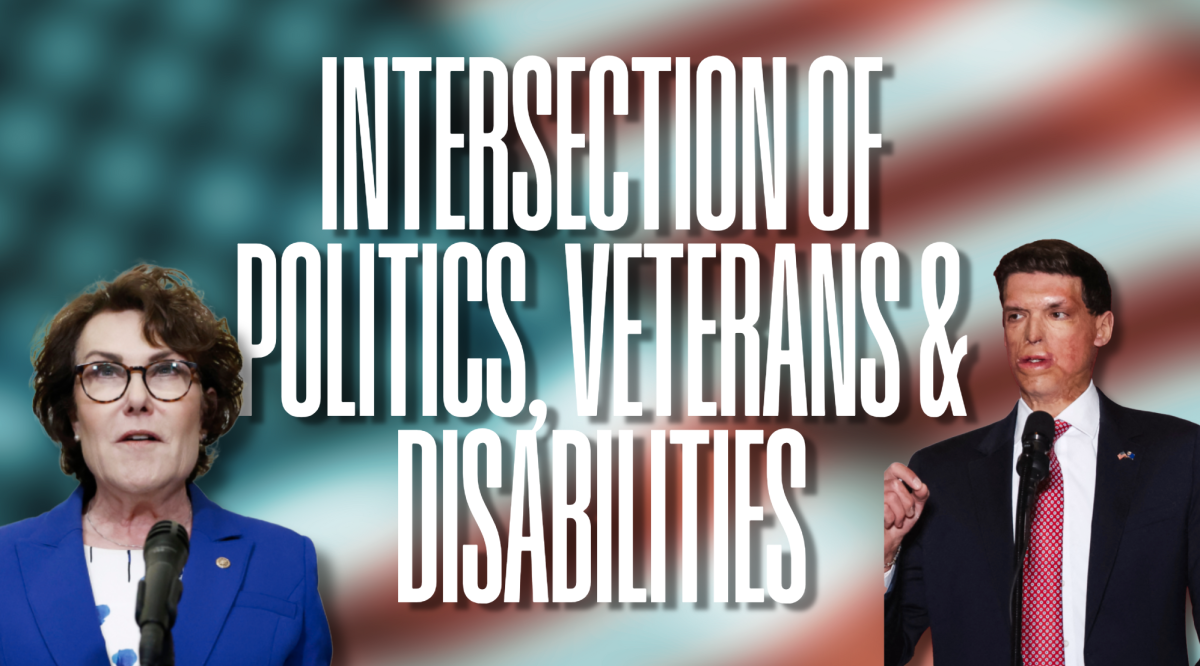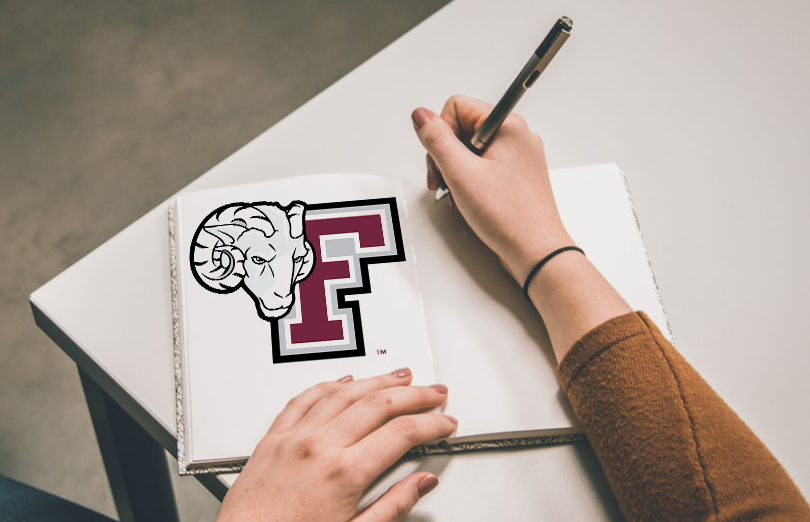Abigail Dziura, FCRH ’24, spent the summer researching incidental representations of disability in two cartoons from the 20th century, the “Peanuts” comic strips and the “Smurfs” television show. Dziura wanted to specifically investigate the ways that side characters with disabilities were portrayed in these storylines and how that contributed to the perceptions of disability within children’s media.
Dziura wanted to focus on these cartoons because they are widely considered American staples of children’s media, but are not typically associated with popular representations of disability. Dziura was also interested in the fact that the creators of both “Peanuts” and the “The Smurfs” had either connections to disability or were disabled themselves. “They were sort of chosen to highlight incidental representation both in the fictional side of the media and the contextual, biographical side.” Charles Schulz, the creator, illustrator and writer of “Peanuts,” was diagnosed with a tremor in his hand about 30 years into his career writing “Peanuts.” Dziura noted that this visibly affected his drawings, as the lines of his drawings became shakier and thinner. “Disability was quite literally ingrained into the art style of the Peanuts,” Dziura said. She chose to specifically study the character of Marcie, who was blind. As for the “The Smurfs,” Dziura studied Patsy Cameron, who was a famous American Sign Language interpreter who was also responsible for the creation of the character Laconia, who used sign language in the show.
Dziura noted that a wide majority of representation for characters with disabilities solely focuses on their struggles with their own identity. While these feelings are completely valid and can encompass important parts of these characters, Dziura says it is important to remember that people with disabilities are also regular people who just go about their daily lives. “I think especially for children, having that sort of representation and seeing a disabled character going about and living their lives and being involved in the media that they care about, specifically American cultural icons, I think can be really powerful,” said Dziura.
Dziura ultimately found the portrayal of these characters to be a bit of a mixed bag. For Laconia, Dziura said that she is shown in storylines that have “relevance beyond her disability,” meaning that her story is about something other than her muteness or deafness. However, Dziura saw that in the press releases surrounding her character, the show advertised the fact that it cost extra money to produce these episodes and to have actors signing for Laconia. “I think it’s interesting that they highlighted the fact that they had to go out of their way to include this representation,” said Dziura.
Dziura found Marcie’s portrayal in “Peanuts” to be more complicated. Marcie is shown to be a very capable character, but when either her glasses or visual impairment is brought up, a lot of jokes are made about her disability. However, in the comics, Marcie does not put up with this, and will fight back against people who make fun of her glasses or visual impairment. Dziura also noted that there is a long history of representations of social justice and important issues within “Peanuts,” so to not include more explicit portrayals of a disabled character is a reflection that this was not as important in the common discourse of the time.
Dziura was advised on this project by Professor Christopher Dietrich, Ph.D., the head of the American Studies department at Fordham. While a bulk of her research consisted of parsing through primary source material, Dziura also had the opportunity to talk with Cameron, and got in touch with an archivist at the Schulz Museum, both of whom helped her during the research process.
Dziura was initially inspired to do this research while trying to find a funny “Smurf” character to send her friend as a joke. She came across a Smurf named “Disabled Smurf” and immediately went down a rabbit hole of researching representations of disability in children’s media, which she found to be almost nonexistent. She was also inspired by the article “‘Sometimes My Hands Shake So Much I Have to Hold my Wrists to Draw’: Charles M. Schulz and Disability” by Michelle Ann Abate. After reading this article, Dziura became enamored by the subject and wanted to study it more deeply.
“Especially with disabilities studies, I feel like a lot of it is there, but unseen, and so I find it very fascinating to hear what other scholars have to say because they’ll typically point out something that maybe wouldn’t be considered disability in other contexts,” Dziura said.













































































































































































































